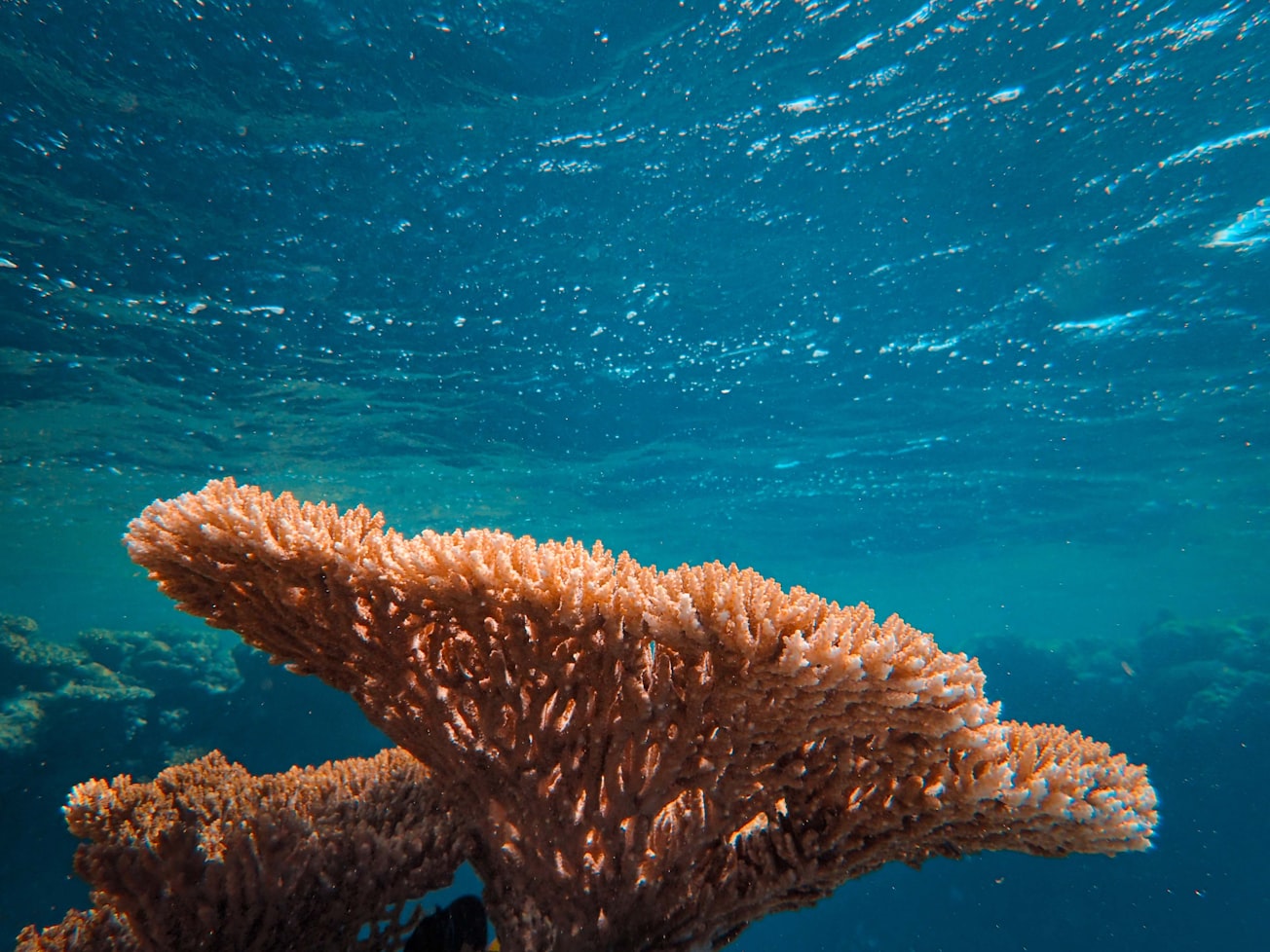What is it about?
The amount of carbon dioxide (CO2) in the air due to human activity is increasing. As these CO2 levels increase, so does the amount of CO2 that dissolves in the ocean. This makes the ocean more acidic and threatens marine organisms and habitats. This issue is as important as climate change. In this study, the authors describe how this topic can be used to introduce essential science practices to their students. These practices include model development and model refining. They address the first by asking students to think about atmospheric CO2 and predict how it affects oceans. They then describe two classroom experiments that can demonstrate these effects. The students then learn how to refine their models based on the new data. This helps meet the second learning target.
Featured Image

Photo by Francesco Ungaro on Unsplash
Why is it important?
Modeling is a fundamental aspect of scientific learning. Models aim to represent real-world events, so that we can study and predict their effects. This study describes how modeling the effects of CO2 on oceans can help engage students in scientific inquiry. It also helps them meet learning goals. Studying ocean acidification can help students relate human activity to environment effects. It provides an easy segue into teaching about climate change. These experiments can also help introduce other chemical concepts. KEY TAKEAWAY: Modeling is an essential aspect of scientific inquiry. Probing the effects of increasing CO2 levels on oceans can help introduce students to modeling. These simple classroom experiments serve as a segue into broader lessons on climate change. They also provide a basis for future lessons on other scientific concepts.
Read the Original
This page is a summary of: Ease into Climate Change Instruction through Ocean Acidification, The American Biology Teacher, April 2021, University of California Press,
DOI: 10.1525/abt.2021.83.4.247.
You can read the full text:
Resources
Contributors
Be the first to contribute to this page










